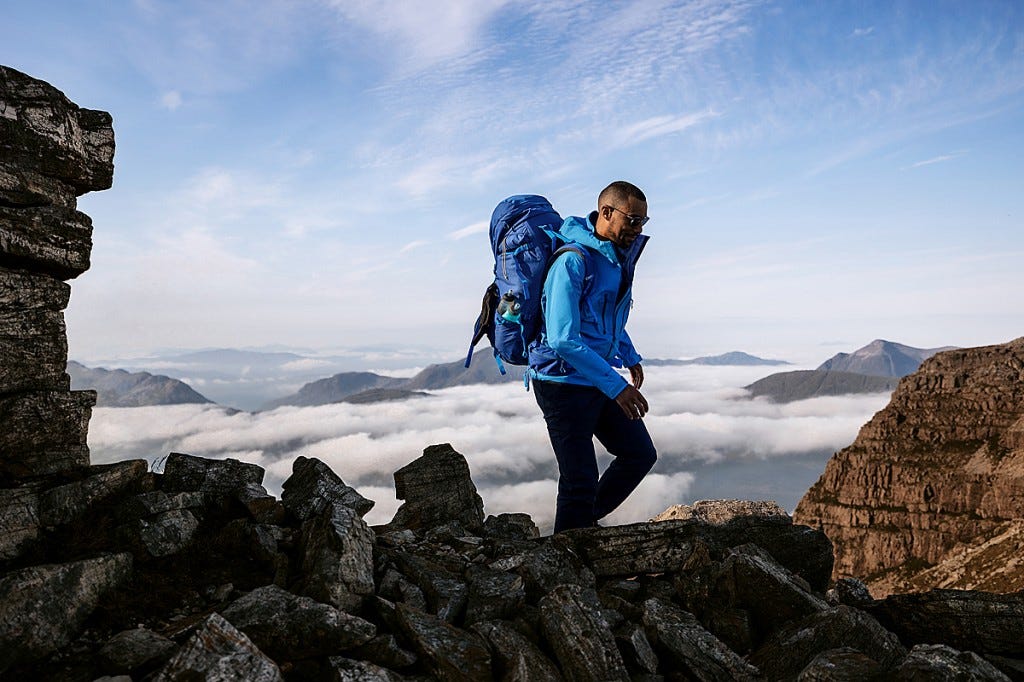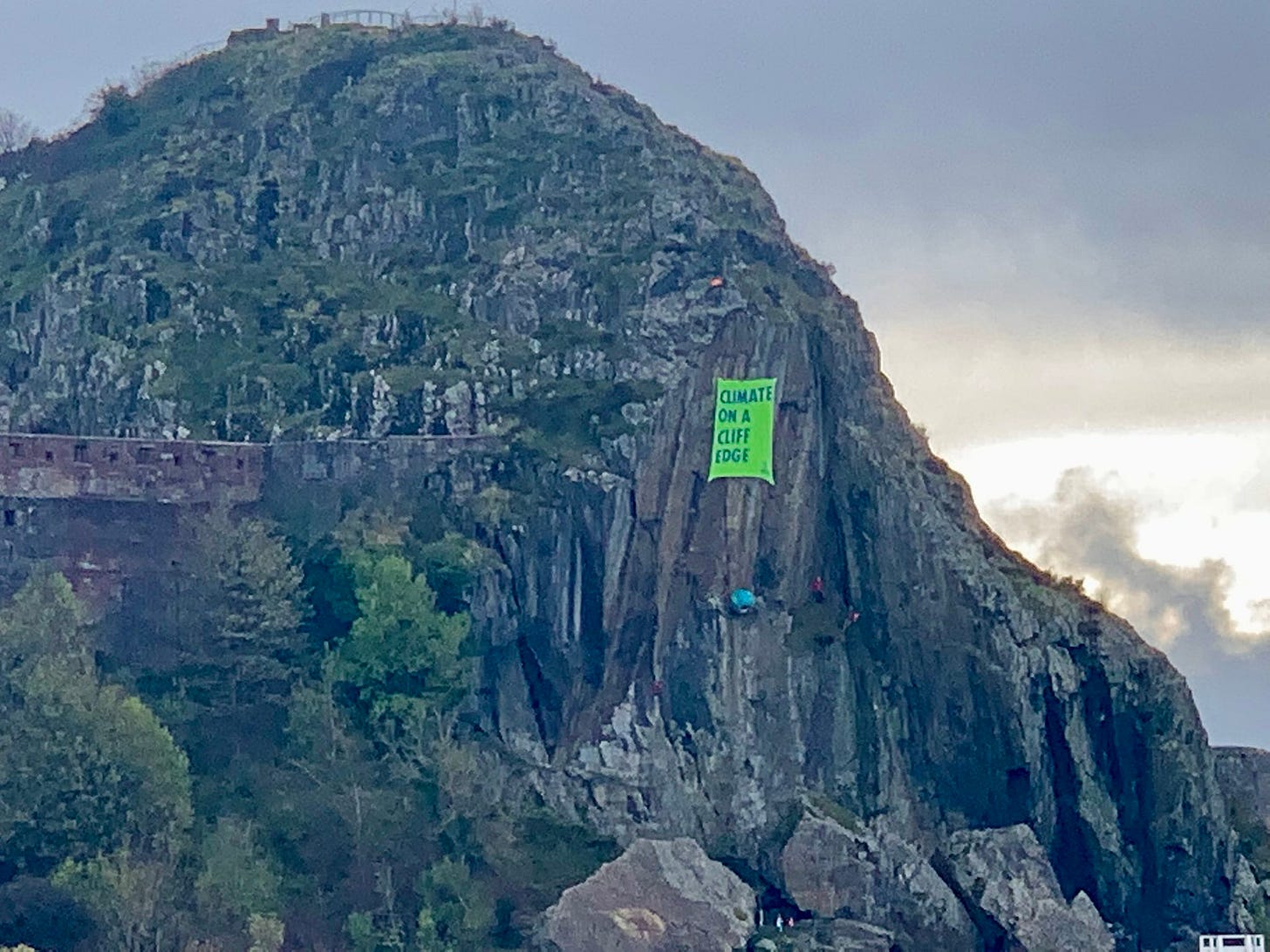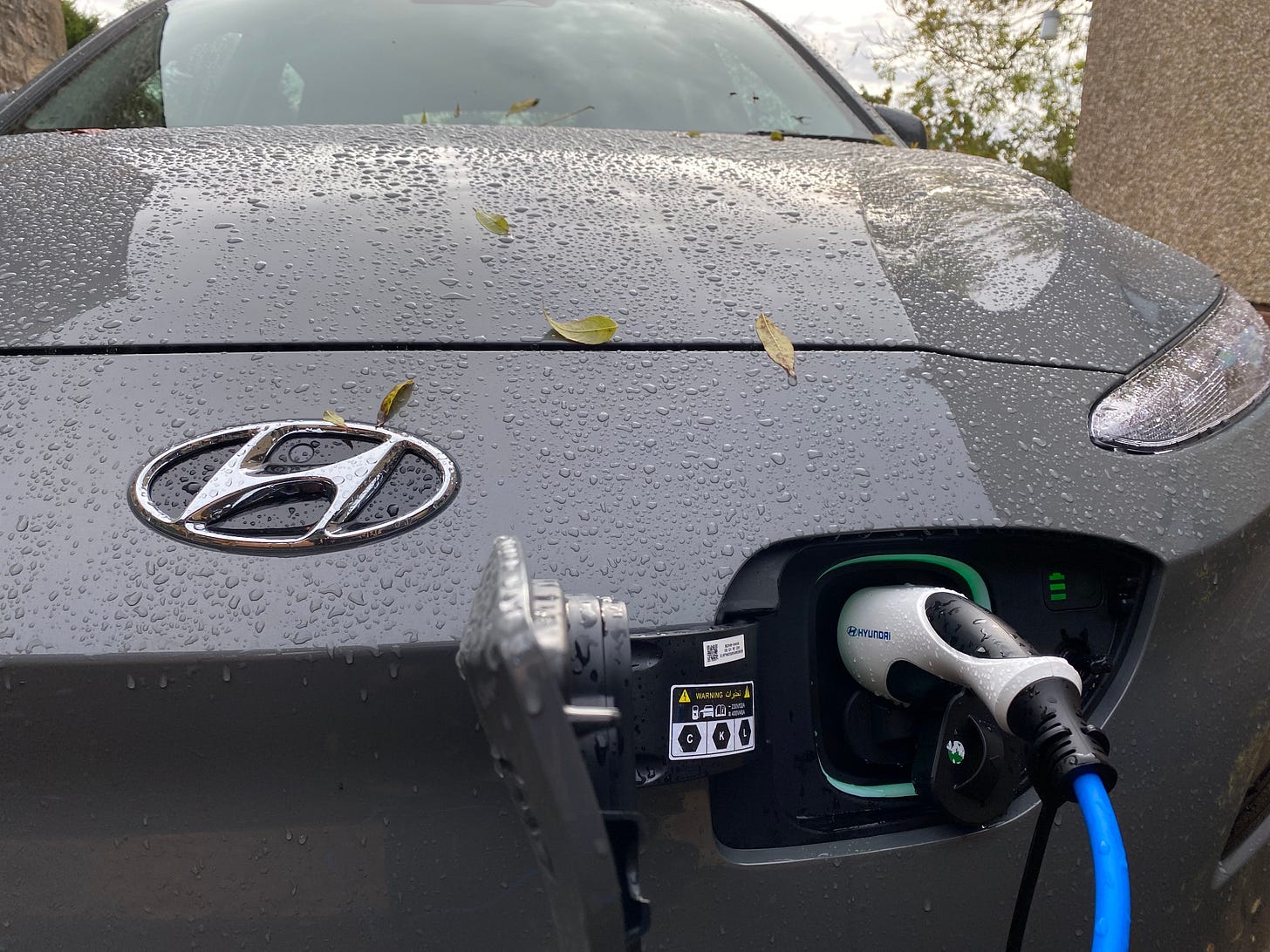How fitting that the Plenary space in the COP26 Blue Zone is named Cairn Gorm. For those not familiar with the Scottish landscape, Cairn Gorm is a mountain in the Cairngorms range, a high artic plateau of striking beauty and biodiversity in the northeast of Scotland. At 4,084 ft Cairn Gorm is the seventh-highest mountain in the British Isles.

What if delegates and negotiators had been taken across the room’s namesake mountain and plateau, camped out and experienced the wildness and nature of Scotland before getting down to business? We know well the power and difference that spending time in nature can make.
The Living Mountain, Nan Shepherd’s timeless classic is “One woman’s meditation on a mountain that captures the whole world, charting our relationship with the environment, with a strong sense of place on the Cairngorms” Alice Hinds
In The Living Mountain, Nan Shepherd seeks, and beautifully articulates, the essence of the mountain, of going into the mountain, not conquering, of going to the mountains as one goes to visit a friend, just to spend time in the company of.
What if COP negotiators, and indeed ourselves, sought and addressed the essence of the climate and biodiversity crisis? Rather than fighting climate change, racing to zero, waring against waste, we were able to go into the essence of the climate crisis with love, care and reciprocity. And, the recognition that it is the whole, not the parts, that will provide solutions.
‘The first law of ecology is that everything is connected to everything else’ Barry Commoner
It was over 100 years ago that a monumental event made a world leader aware of nature and wilderness. In 1903 John Muir took Roosevelt for a three-night camping trip into Yosemite. (Image the security of that today!) A trip that led to the formation of the US National Parks and ‘saved America’s nature.
We can do this.
Regenerative and Agile
At Living Future Europe we are bringing our Regenerative and Agile Masterclass cohort to COP on the 10th of November with a powerful and inspiring set of guests who will be dropping in to share insights and provocations. We are delighted our guests include Catriona Brady (World Green Building Council), Scott McAulay (Anthropocene Architecture School), Joanna Watchman (Work in Mind), Roberta Boscolo (UN World Meteorological Organization), James Connelly (My Green Lab), James Drinkwater (Laudes Foundation), Sue Riddlestone (Bioregional), Caroline Pidcock (Australian Architects Declare) and Daniele Pernigotti (CEN/TC 467 Climate Change)
Commitments
We will see many many declarations and comments to net-zero by x from countries, companies and organisations.
Timely then the Anti Greenwash Playbook released by Content Comms
One interesting commitment that caught my eye was from Berghaus, whose owners set the brands’ target to be net-zero by 2032. As reported in Grough, Sara Brennan, positive business director talks of three main targets of its 100-1-0 strategy were to help 100 million of its customers live positive, active, sustainable lifestyles; to improve the lives of one million people in its communities; and to be a net-zero business by 2032.
Mandatory Planning construction carbon calculations on projects.
As reported in Building, the UK Built Environment Declares revealed that over 95% of firms working in the built environment think whole life carbon calculations and targets should be mandatory for construction projects.
System Change Now
From EIT Climate-KIC: The time for a radical systems change is now.
‘Innovation-as-usual’ – typically siloed and focused on ‘supplying’ the market with technology-led solutions – is not delivering a 1.5-degree world. Getting real about 1.5 means that nations around the world will need to carve out ambitious pathways to zero along the safest – most ambitious – possible courses outlined in the latest IPCC Special Reports. To do this, we need a new model of innovation: one that is designed to generate options in the face of uncertainty and diversity and to test for integrated and exponential solutions to address the complex, multi-faceted nature of the changes we need to make. Using systems innovation as a key tool to catalyse change in whole cities, regions, industries and value chains
EIT Climate-KIC is leading or contributing to sessions related to climate innovation during COP 26, virtually or meet up in person. #SystemsChangeNow

Zoom Regenerative.
Join us as we reflect on COP 26 at our next session on the 16th of November.
Built by Nature.
Built by Nature launched by Laudes Foundation, is a vision for our built environment to work in unison with nature. Built by Nature is a network and grant-making fund dedicated to accelerating the timber building transformation in Europe: radically reducing embodied carbon; safely storing carbon in our buildings for generations, and sequestering carbon by championing forest stewardship and regeneration.
My take away from the important discussion is that ‘we need a financial built environment model that rewards those doing good for the planet - rather than those continuing to thrash it’ - regenerative economics
COP26 and the Five Stages of Grief.
From Rob Hopkins In 1969, psychiatrist Elizabeth Kübler-Ross published her seminal book ‘On Death and Dying’ which included her ‘Five Stages of Grief’ model, drawing upon her years of working with terminally ill patients. It strikes me that we see very much the same stages playing out as we prepare for COP26.
The SBTi hosted a virtual event to launch the Net-Zero Standard, to clarify the key role of decarbonisation in corporate net-zero strategies.
COP Snippets
Our climate demands we change the world right now. The good news? We can. Rebecca Solnit writing in the Guardian
Interactive: Who wants what at the COP26 climate change summit Carbon Brief has published an interactive table which lists priority agenda items and “red lines” for various key nations and negotiating alliances at COP26. The table will be updated throughout COP26 (source Carbon Brief Daily)
Kim Heacox, again in the Guardian, urges us to muster our inner Rachel Carson’s as we fight (sic) for our planet.
It’s one minute to midnight on the doomsday clock and we need to act now. If we don’t get serious about climate change today, it will be too late for our children to get serious about it tomorrow. Boris Johnson
If working apart we are a force powerful enough to destabilise our planet, surely working together we are powerful enough to save it, Sir David Attenborough
It is the hope of many that the legacy of this summit written in history books yet to be printed or describe you as the leaders who did not pass up the opportunity. The Queen
Reuters carries a list of quotes from the first speeches. These include the president of Maldives: “Our islands are slowly being inundated one by one”, president of Malawi: “Neither Africa in general, nor Malawi in particular, will take ‘no’ for an answer. Not any more” and the prime minister of Barbados: “Our people are watching and our people are taking note…Can there be peace and prosperity if one third of the world lives in prosperity and two-thirds live under seas and face calamitous threats to our wellbeing?”. (Carbon Brief Daily)
But of course, the statement and commitment we all look for is the agreement from all countries to hold carbon emission and temperature to 1.5 deg c.
I will be in Glasgow on the 6th November and again from the 9th to the 11th to catch the COP buzz and of course for our Living Future Europe event on the 10th.
Regen Notes
Regen Notes is a newsletter of regenerative news, stories and more, with a sideways focus on the built environment, curated by Martin Brown. It is a companion to our Zoom Regenerative activities and podcasts where we join the regenerative dots, share the themes and work that invigorates, inspires and feeds our curiosity.











